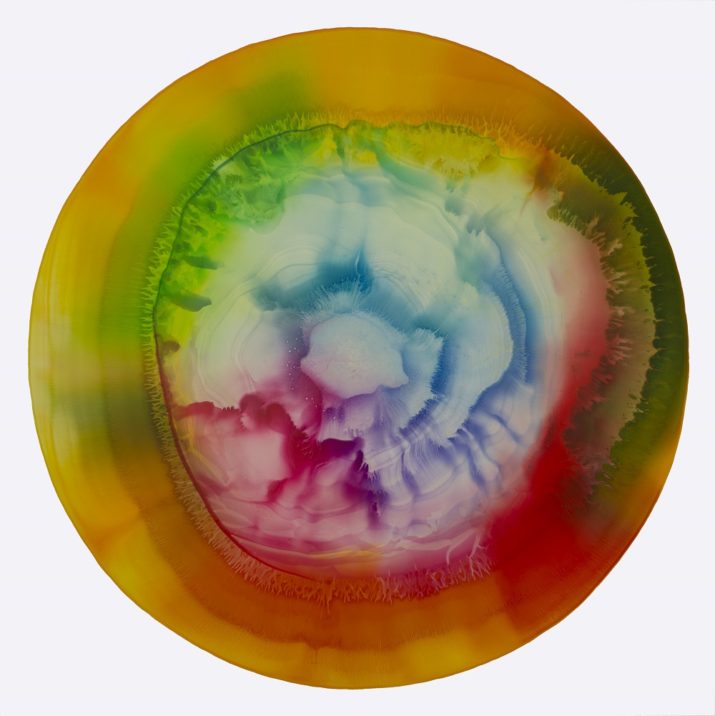
This is part of our special feature Facing the Anthropocene.
Art is at the forefront when it comes to amplifying the discussions surrounding environmental issues. This series by artists John Sabraw, Conohar Scott, and Mandy Barker illuminates the dangers confronting our waters, from leaking pipes to discarded plastics, to the long-term impact of these toxic products on our most delicate and vulnerable ecosystems and sites. Given the recent declarations of climate change and environmental issues to be “fake news,” projects such as these are crucial in reconnecting Humanity and Nature, proof that scientific and artistic collaborations can lead to ground-breaking ideas and sustainable solutions.
–Nicole Shea for EuropeNow
John Sabraw
My Chroma series is a romantic yet experimental examination of science, environment, and the painting process in which I use chemical interactions and probability, to reveal a surprising aesthetic. Painting materials interact and amalgamate over durations up to several months. The results are complex, luminous, and mysterious paintings that strike a beautiful balance between controlled and organic processes. For the past several years, I have partnered with Ohio University Engineering Professor Dr. Guy Riefler to develop commercially viable paints with pigments extracted from the toxic sludge runoff from abandoned coal mines.
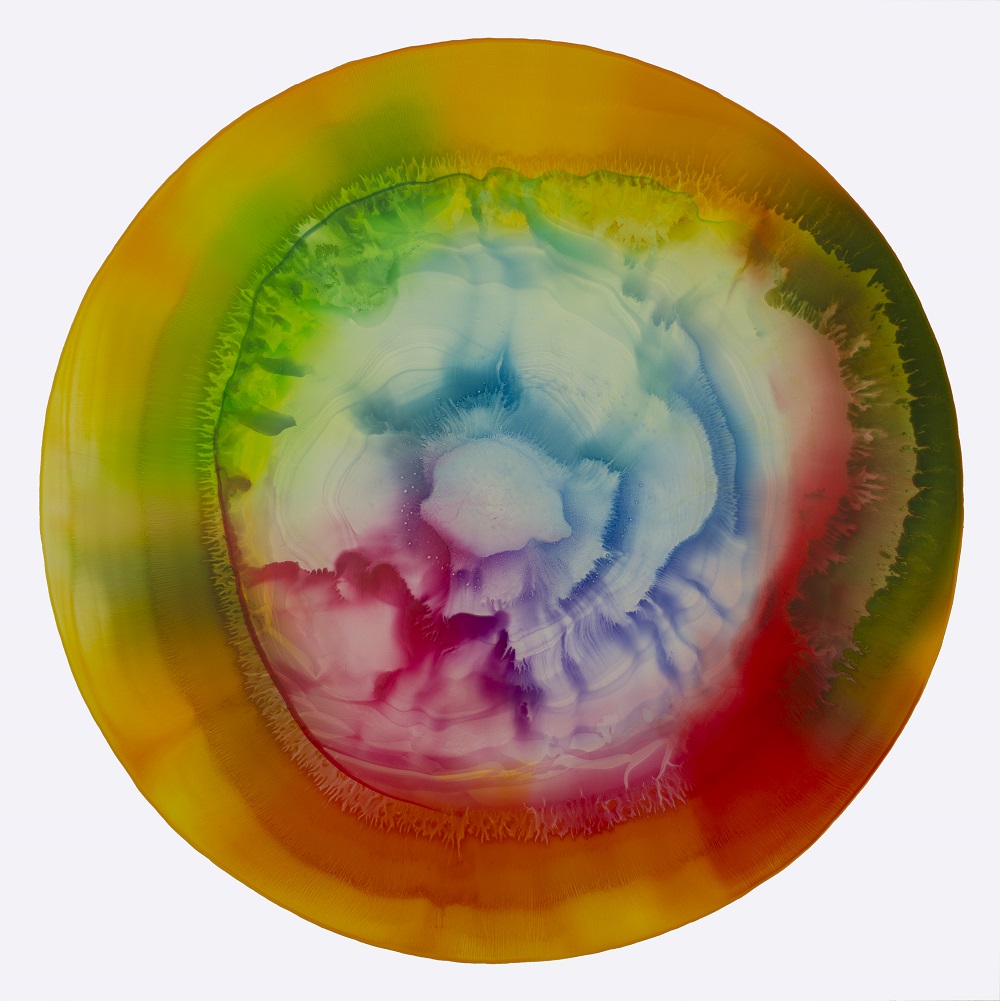
Chroma S1 11, Mixed water based media including pigments from acid mine drainage, on composite aluminum panel. 91×91 cm. 2013
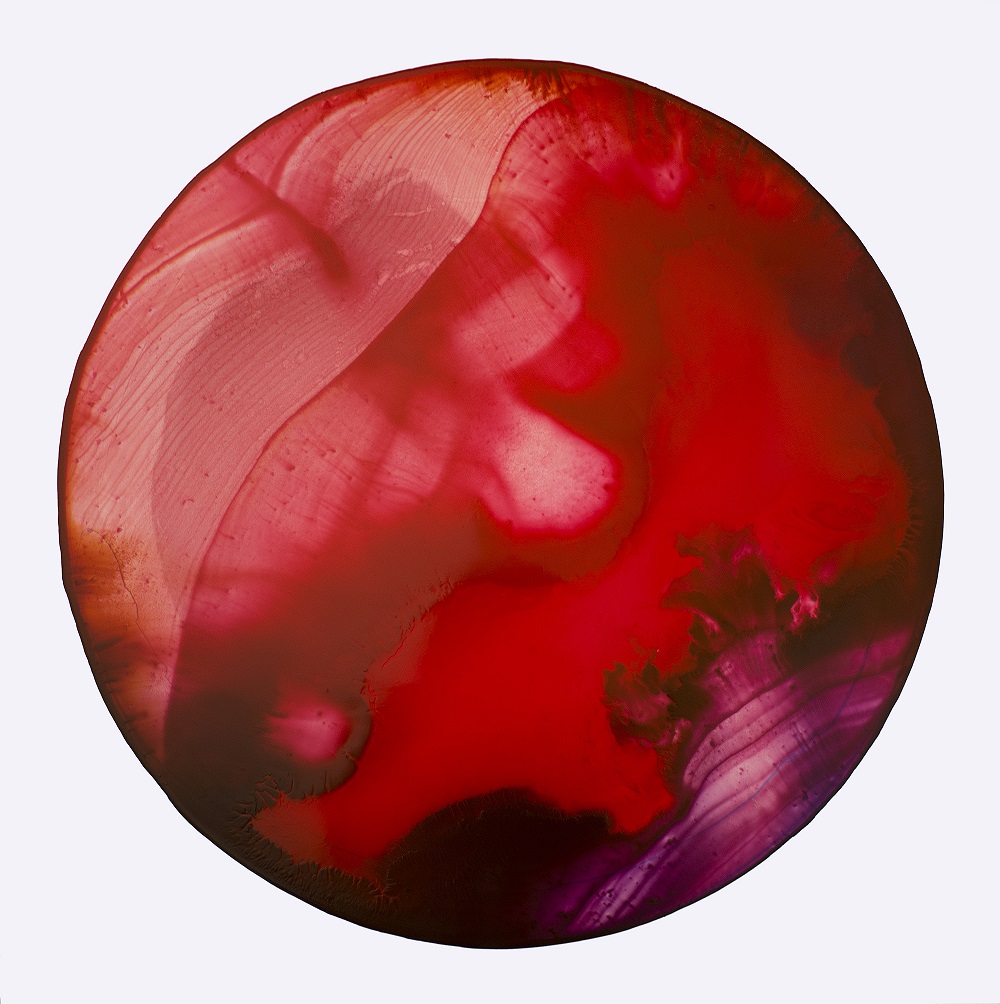
Chroma S1 14, Mixed water based media including pigments from acid mine drainage, on composite aluminum panel. 61×61 cm. 2013
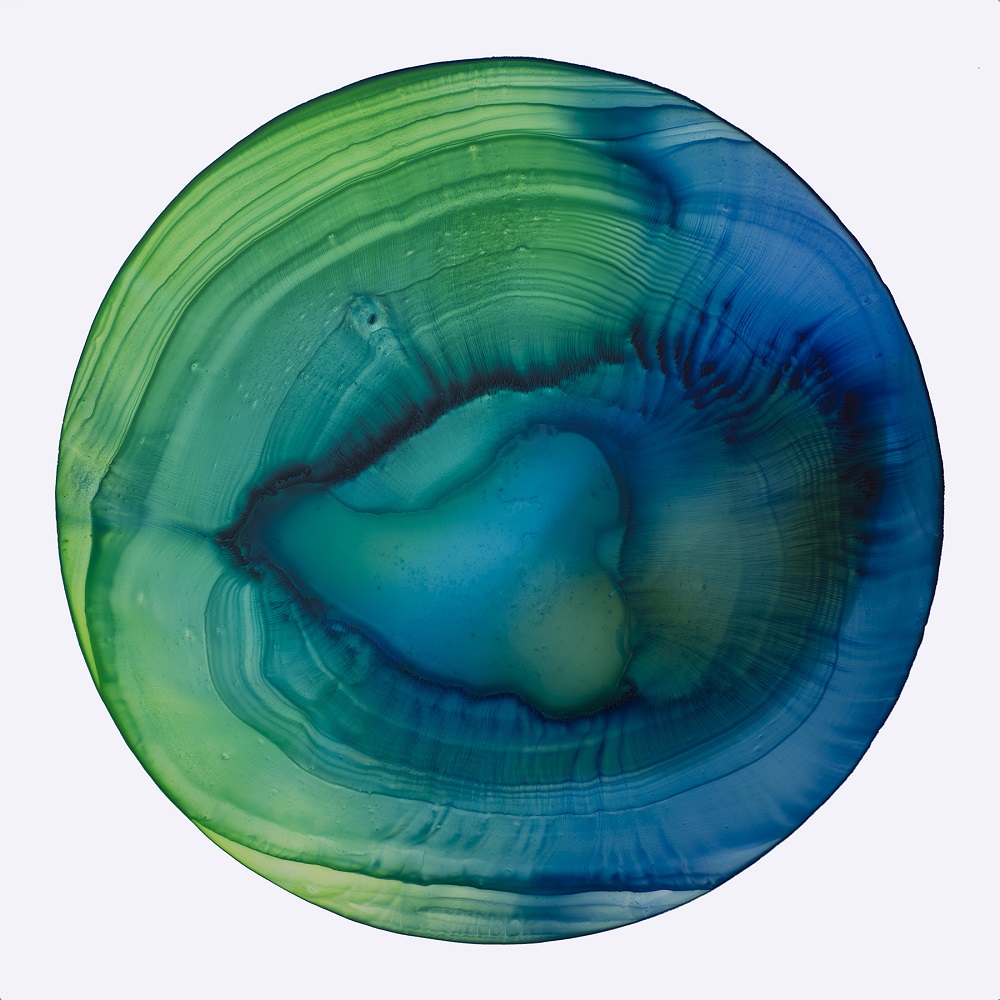
Chroma S1 13, Mixed water based media including pigments from acid mine drainage, on composite aluminum panel. 61×61 cm. 2013
Great Big Story: Turning Toxins Into Art | “That’s Amazing”
Watch the creation of these images on Great Big Story.
John Sabraw was born in Lakenheath, England. An activist and environmentalist, Sabraw’s paintings, drawings and collaborative installations are produced in an eco-conscious manner, and he continually works toward a fully sustainable practice. One of his current collaborations involves creating paint and paintings from iron oxide extracted in the process of remediating polluted streams. Sabraw’s art is in numerous collections including the Museum of Contemporary Art, Honolulu, the Elmhurst Museum in Illinois, Columbus Science Center, Emprise Bank, and Accenture Corp. Sabraw is a Professor of Art at Ohio University where he chairs the Painting + Drawing program, and Board Advisor at Scribble Art Workshop in New York. He has most recently been featured in Hyperallergic, Science Friday, Frame, New Scientist, London, and TEDx Warwick, UK.
Conohar Scott, Environmental Resistance
Harpur Hill, in Derbyshire, is the location of an abandoned lime quarry just outside of Buxton. Today, due to contact with rainwater the lime continues to leach from the quarry works and is suspended in a solution known as limewater (calcium hydroxide). At the top of the hill, a Go Kart track would appear to be the most likely source of the fly-tipped tyres, which float suspended in the limewater solution. However, this post-industrial wasteland also serves as a site of scientific interest for the British Geological Survey, who are investigating if limewater has potential as a medium of storage for radioactive wastes, due to the compound’s molecular stability.
The title of the work refers to two temporal concepts. Firstly, the notion of ‘shallow time’ is a reference to the present era of industrial production (from the Industrial Revolution to the present day), known as the Anthropocene. Conversely, the concept of ‘deep time’ in this instance refers to Uranium 235, which is used as a fuel source in nuclear power stations, and has a radioactive half-life of 703.8 million years.
“The Shallow and the Deep”


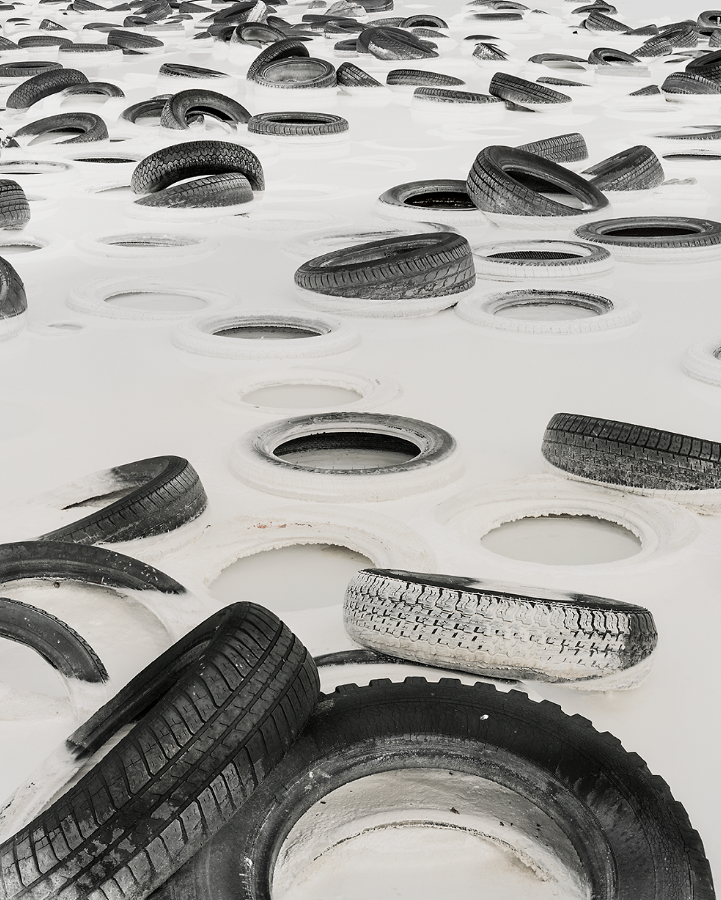
Environmental Resistance (2015), digital C-type 67cm x 84 cm
Dr. Conohar Scott is a lecturer in photographic theory and a practicing artist at the School of Media & Film, University of Lincoln. Conohar’s research interests include exploring the representation of environmental despoliation in photography and the application of art as a tool for environmental advocacy. As part of his artistic practice, Conohar founded the collective Environmental Resistance and has partnered with Dr. Will Mayes, a senior lecturer in Environmental Science at the Centre for Environmental and Marine Sciences at the University of Hull, with the purpose to raise awareness of industrial pollution and campaign for environmental remediation.
Mandy Barker
Discarded debris found along the shore and having existed for varying amounts of time in the sea collectively convey a message about the marine environment. The images combine visual beauty with the message of pollution and the time it takes them to biodegrade in the sea.
The series shows an intuitive collection of objects as they were presented, on the shore, unwashed and unaltered and aiming to reveal a beauty not otherwise noticed. The form and shape of the objects take on the imaginative appearance of sea creatures, created from the very materials that prove fatal for the creatures themselves. Enveloping black space evokes a deep sea, presenting the emerging objects as creatures from beneath, whilst at the same time serving as a metaphor to the unknown depths of this vast global problem of pollution.
The captions state the number of years it takes each material to decompose, thus revealing a narrative in time, and ending with the indeterminate and Indefinite material polystyrene.
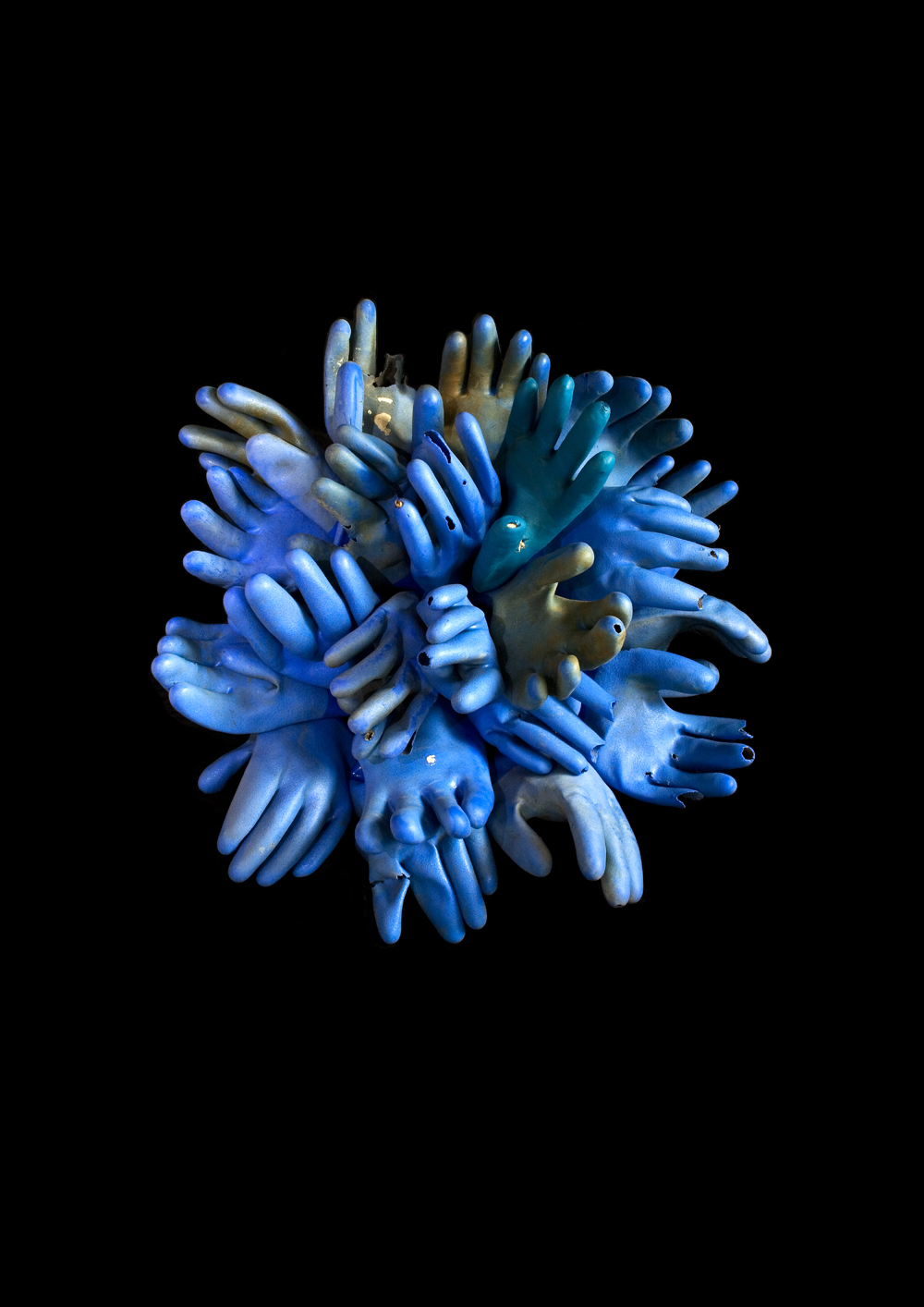
INDEFINITE – 30 Years
(PVC – Corals are destroyed when discarded fishing equipment, such as overalls, gloves, damaged lobster pots and nets drag along the ocean floor. Coral reefs provide home for lots of species, most of which are also affected).
2010 © Mandy Barker
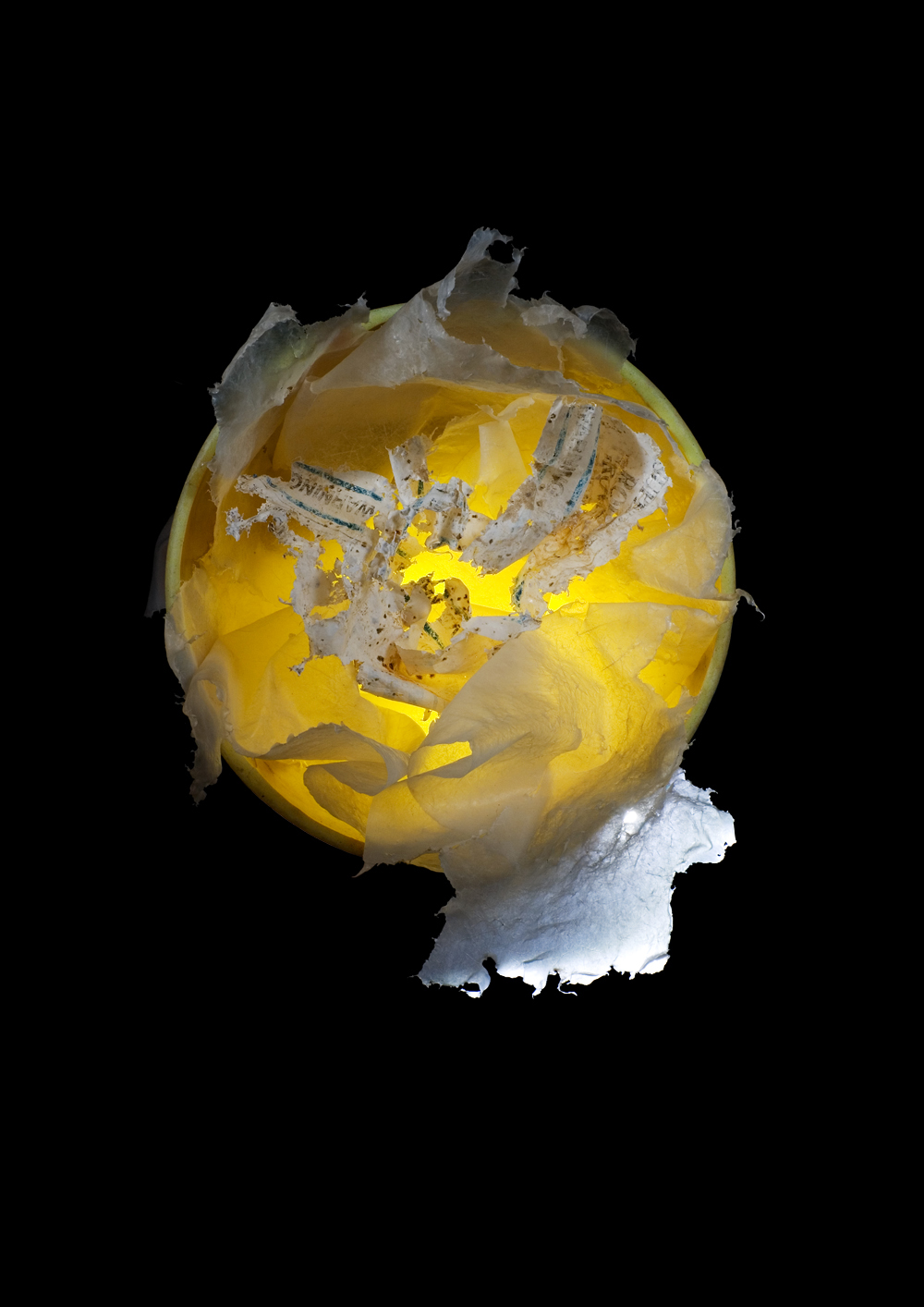
INDEFINITE – 400 Years
(Plastics – Mixed – Plastic never biodegrades, it merely breaks down into smaller fragments. These microplastic particles and fibres are found in filter-feeding barnicles, lugworms and amphipods which are in turn eaten by larger sea creatures including fish, and ultimately eaten by ourselves).
2010 © Mandy Barker

INDEFINITE – 600 Years
(Monofilament & Macrofilament Fishing Line – Fishing line affects the mobility of aquatic animals, once entangled they struggle to eat, breathe and swim, all of which have fatal results. Discarded fishing nets cut loose by fishermen continue “ghost fishing,” indiscriminately sweeping up fish, seals, turtles and whales in their foul web).
2010 © Mandy Barker
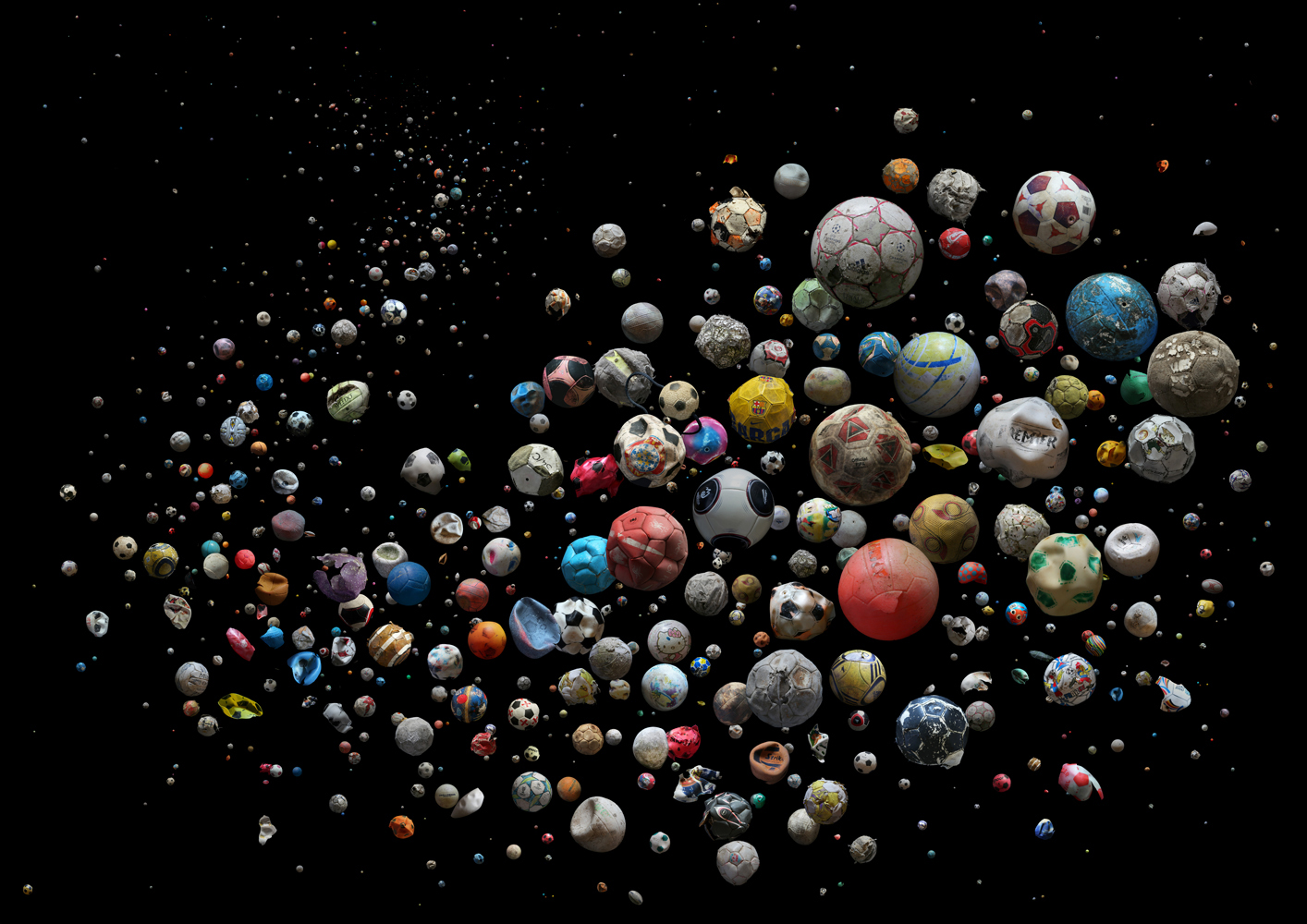
PENALTY – Europe
633 marine debris footballs (and pieces of) collected from 23 countries & islands within Europe, from 104 different beaches and by 62 members of the public in just 4 months.
2013 © Mandy Barker
Mandy Barker (UK, 1964) studied MA Photography at De Montfort University, England. She has received international recognition for her work involving marine plastic debris with her ongoing series, SOUP, having been published in over 30 countries including, TIME, The Guardian, The British Journal of Photography, National Geographic, New Scientist, VICE, and on CNN. The motivation for her work is to raise awareness about plastic pollution in the world’s oceans while highlighting its harmful affect on marine life and ultimately ourselves. In 2012 she was awarded The Royal Photographic Society’s Environmental bursary enabling her to join scientists in a research expedition to photograph the accumulation of marine plastic debris in the tsunami debris field in the Pacific Ocean. The trip which sailed from Japan to Hawaii allowed her to create the series SHOAL, which was selected for Critical Mass Top 50 2014.In November Barker’s recent series, ‘Beyond Drifting: Imperfectly Known Animals’ was shortlisted for the prestigoius Prix Pictet 2017, the world’s leading photographic award in sustainability. Barker has been invited by Greenpeace to join the Beluga sailing vessel in June 2017 to document the impact of ocean plastic on some of the most iconic marine conservation areas of the UK.
Nicole Shea ran CenterArts Gallery in Newburgh from 2009-2012 and later incorporated her arts experience into the leadership training at West Point. In 2015, she founded a large-scale sculpture walk outside the gates of West Point, which she has been curating together with the founding members of Collaborative Concepts in a community effort to revitalize the area via the arts. She is also Executive Editor of EuropeNow and Director of the Council for European Studies.
The images presented here are not transferrable to any THIRD PARTY, and are not to be printed, published or used in any way for any other article, publication or marketing event without prior written consent/agreement.
Published on May 2, 2017.




